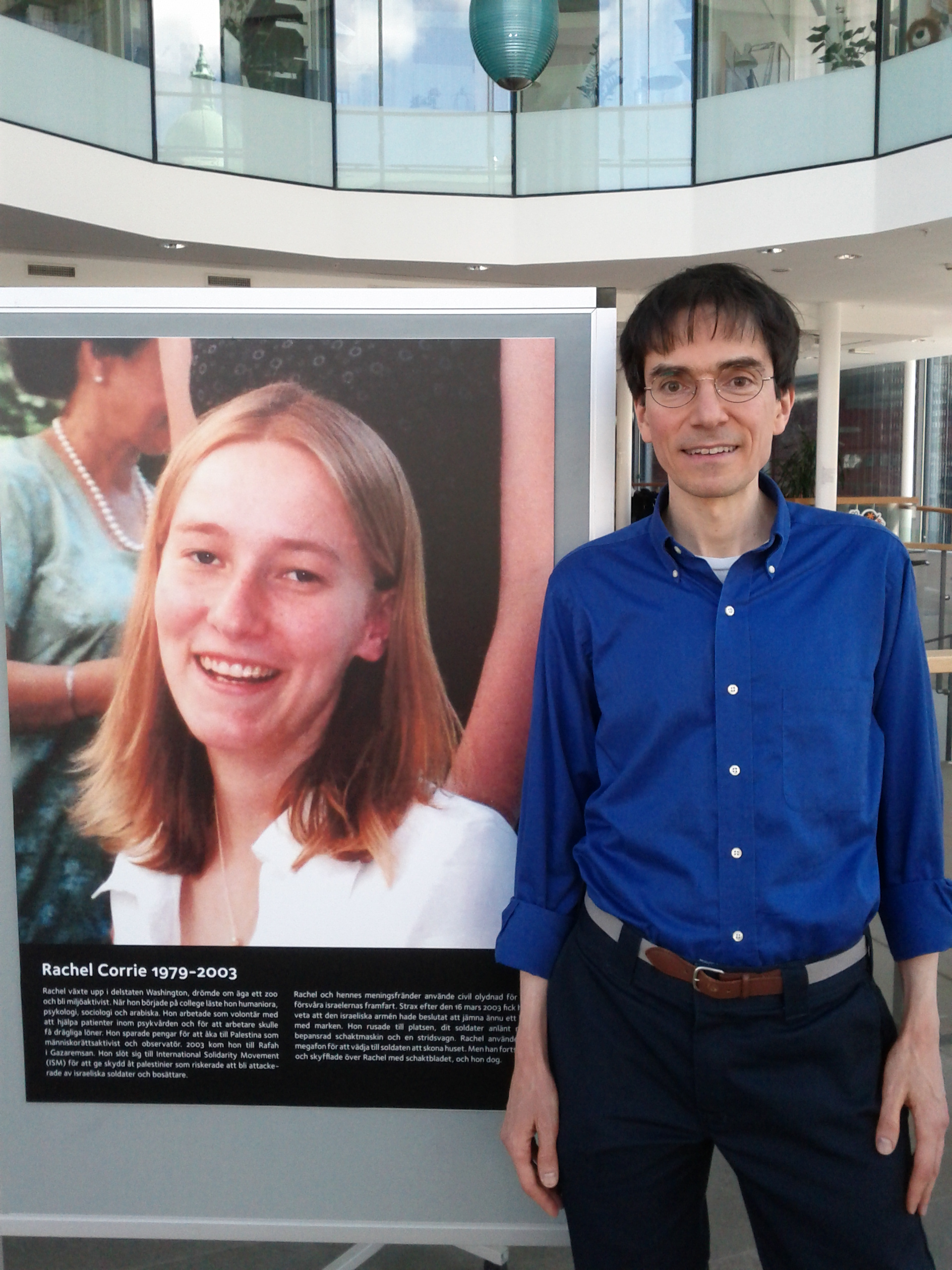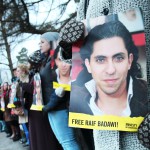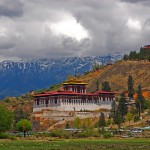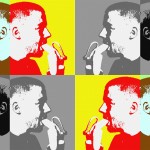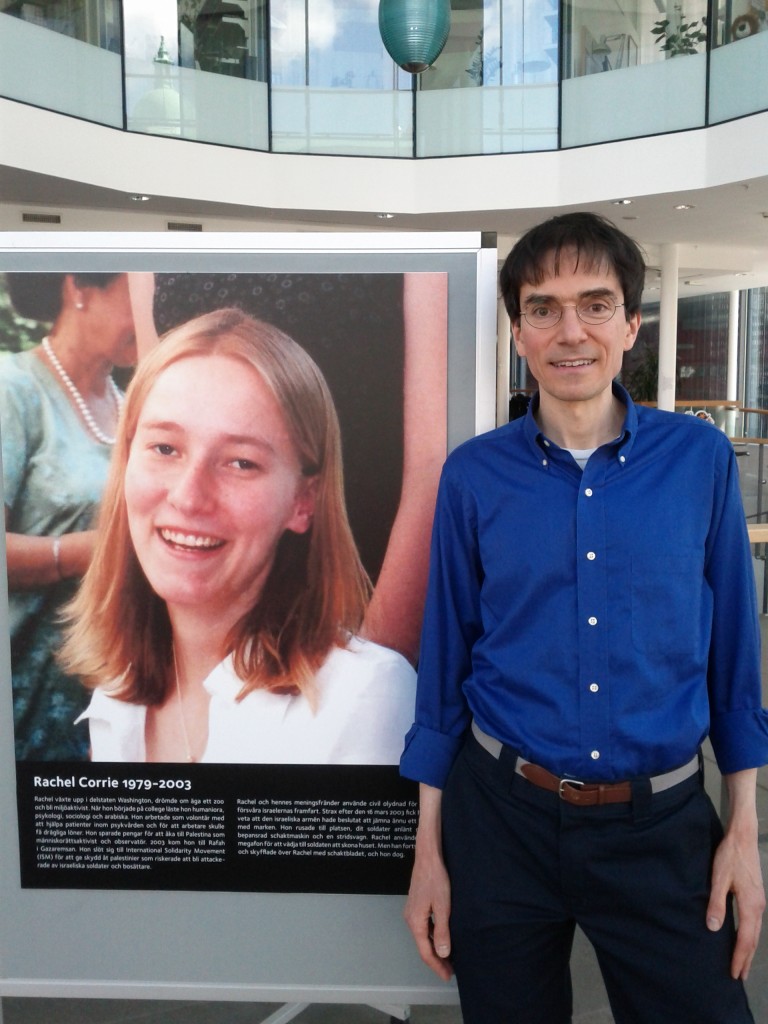
Photo: Margit de Boer
Brian Palmer, social anthropologist and scholar of religion at Uppsala University, guested the Gothenburg Science Festival this May. He recently published a book together with Ola Larsmo called 101 Historiska Hjältar (101 Historical Heroes) where he describes the actions and fates of 101 persons who dared to defy the established order and risk their lives to save others. During his lecture Palmer tells the intriguing stories of some of his personal heroes and what triggered their altruistic deed.
Palmer takes us back to München, 1942. Siblings Sophie and Hans Scholl are enjoying the delights of student life, going to concerts with friends and discussing everything from art and literature to philosophy and politics. In the midst of it all, word reaches them of mass killings of Jews and Soviets which stirs the group of friends to found the White Rose resistance movement. The White Rose then made several anti-war leaflets but were caught by a guard while distributing leaflets in the university of München. Sophie and Hans were tried and executed only four days after the event.
Another haunting story Palmer shares is that of Witold Pilecki, a Polish man who deliberately had himself incarcerated in Auschwitz so that he could help the prisoners and inform the outside world about the true situation inside concentration camps. Pilecki survived Auschwitz and remained active in the Polish opposition movement after the war, actively resisting the puppet regime which the Soviet Union had installed in Poland. In 1948 he was arrested by the regime and executed.
A more contemporary heroine mentioned by Palmer is Amy Goodman, an American investigative reporter whose work including in the East Timor conflict has earned her numerous awards. And then there is Malala, a Pakistani girl who at the age of 11 started to speak out against the Taliban and became a vivid advocate for human rights. In 2009 on a school bus, Malala was sought out by a gunman and shot in the head. She was in critical condition for some time but survived and continues her activism today. She has been awarded the Sakharov Prize for Freedom of Thought and the National Youth Peace Prize.
Palmer’s way of lecturing reveals his own deep reverence for the people he describes and his enthusiasm easily rubs off on the audience. It makes me think about some of my own heroes, like Irena Sendler, a contemporary and compatriot of Witold Pilecki. Sendler was a social worker who rescued about 400 Jewish babies and children from the Warsaw Ghetto and created false documents for Jewish families. In 1943, Irena was arrested by the Gestapo, tortured and sentenced to death. On the way to her execution, members of the Polish underground bribed German guards and managed to free Irena. She survived the war and eventually lived to be 98.
My thoughts also wander to the many artists and writers who refused to be silenced during times of dictatorships. Aleksandr Solzhenitsyn for example was a Soviet dissident who in his work critiqued the regime and described living circumstances in Gulags, where he himself spent eight years imprisoned. He wrote uninterruptedly in prison, in camps and during internal exile, and hid the material at friends’ homes. One can only imagine how much courage and deliberation it must have taken to carry on writing under such circumstances. In 1974 the KGB arrested Solzhenitsyn and deported him from the Soviet Union after which he spent almost 20 years in exile in Germany and the US.
I also think about the thousands more or less anonymous heroes that have played a part in some way or another. In my own family there is my great uncle Ingvar Håkansson, a Swedish sailor who with danger to his own life and despite Sweden’s neutrality in WWII went to England to join the war effort. Since he was not a British citizen he was initially denied enlistment in the air force but he succeeded after persistent applications. He died 23 years of age in a flying bomb attack over the North Sea after he had intercepted several bombs that were headed for the British mainland.
Now how is it possible that a person decides to risk their life for others? According to Palmer, heroic actions can be ascribed to all kinds of people, from the most extrovert to the shy, but he also suggests certain commonalities. For example, he found that most “heroes” have strong personal or religious convictions and a strong belief in the effectiveness of their actions. As children, they seem to have been exposed to people from different cultures and they were not strictly disciplined but rather left free in their upbringing. Palmer also states that courage can be just as contagious as fear, in the sense that we can get tremendous inspiration from the actions of others.
It is probably safe to say that Palmer’s lecture left no one in the audience untouched and inescapably evoked the question “would I have done the same thing?”. The topic being as relevant as it is today, with extreme forces on the rise in many countries and human rights being violated everyday, it is important not to forget the actions of those who had the courage to make a difference. In this sense the lecture definitely goes far beyond just a good story.
Text & Photo: Margit de Boer

